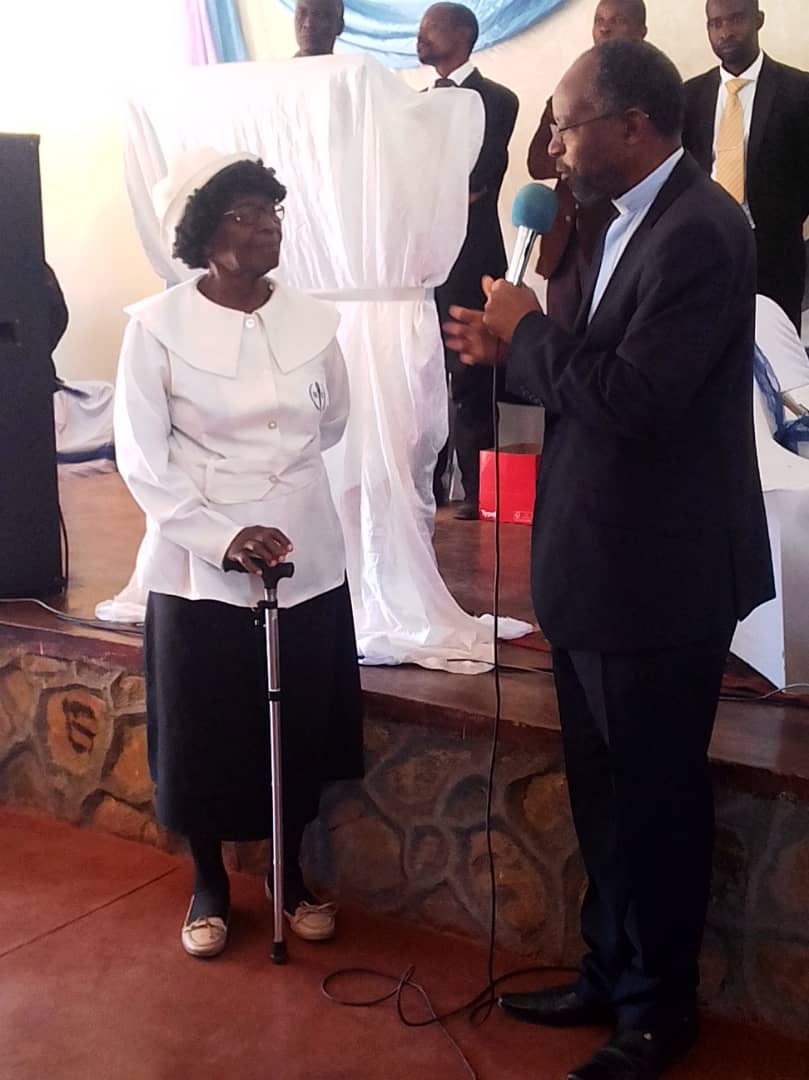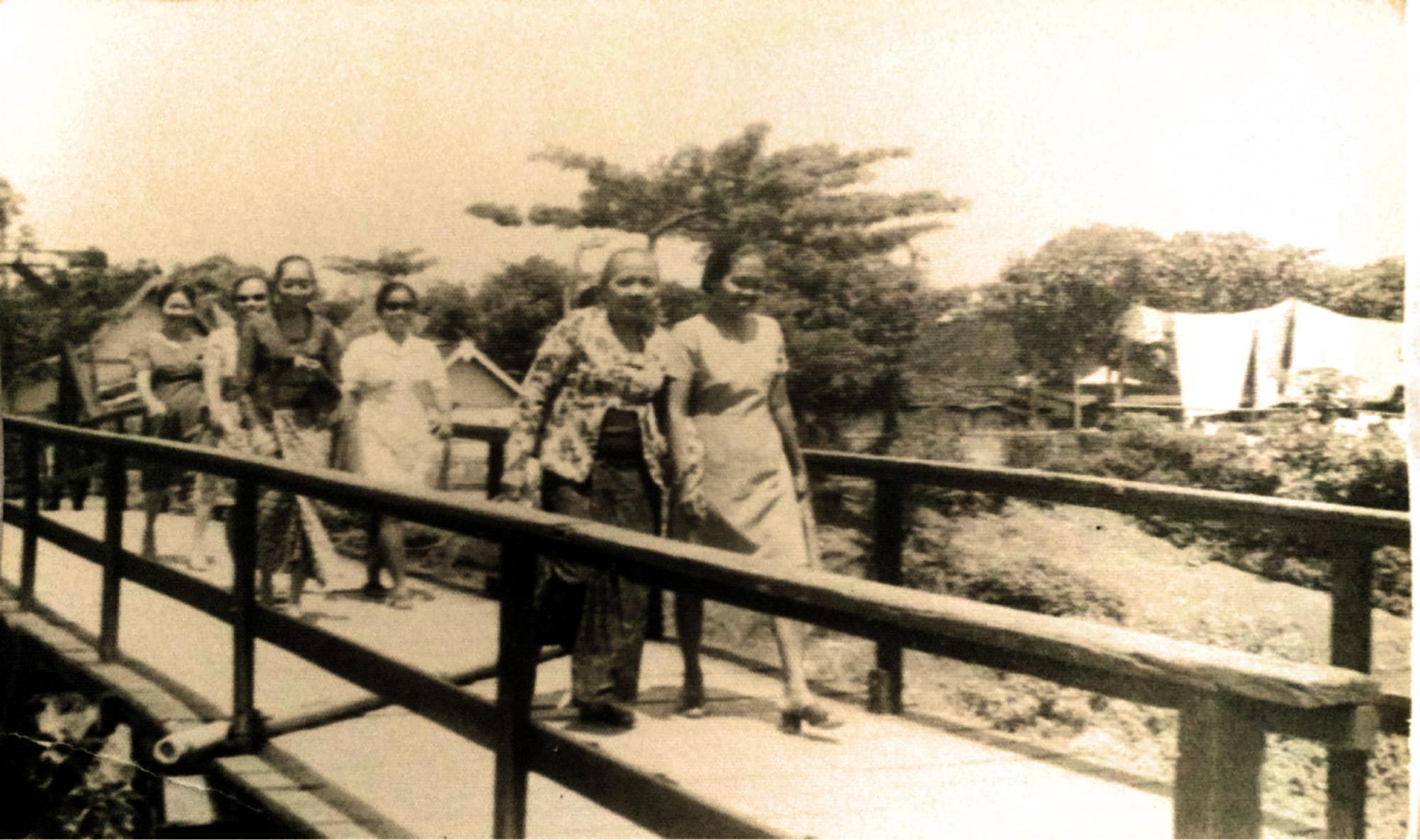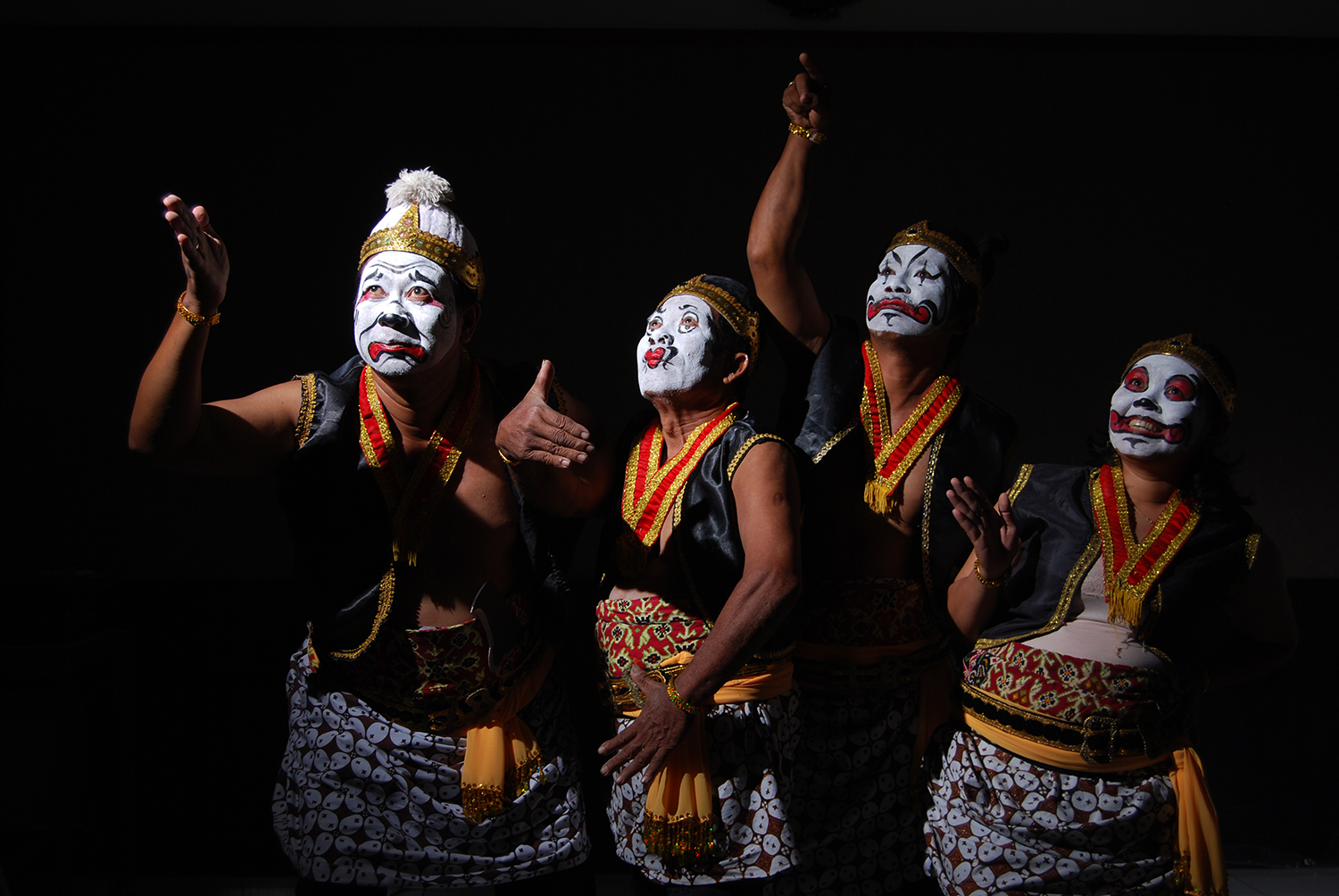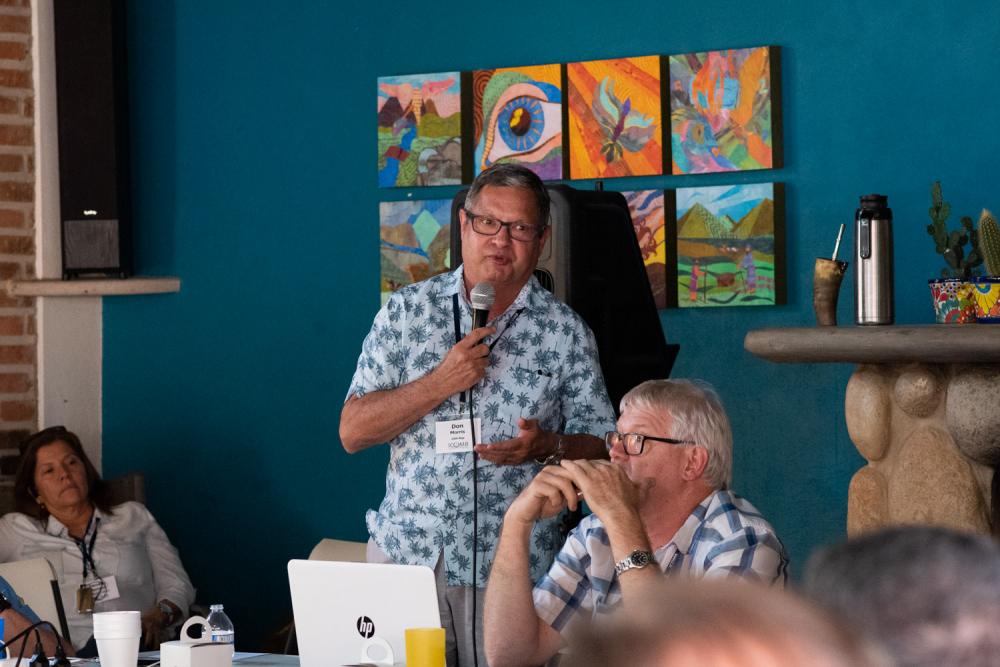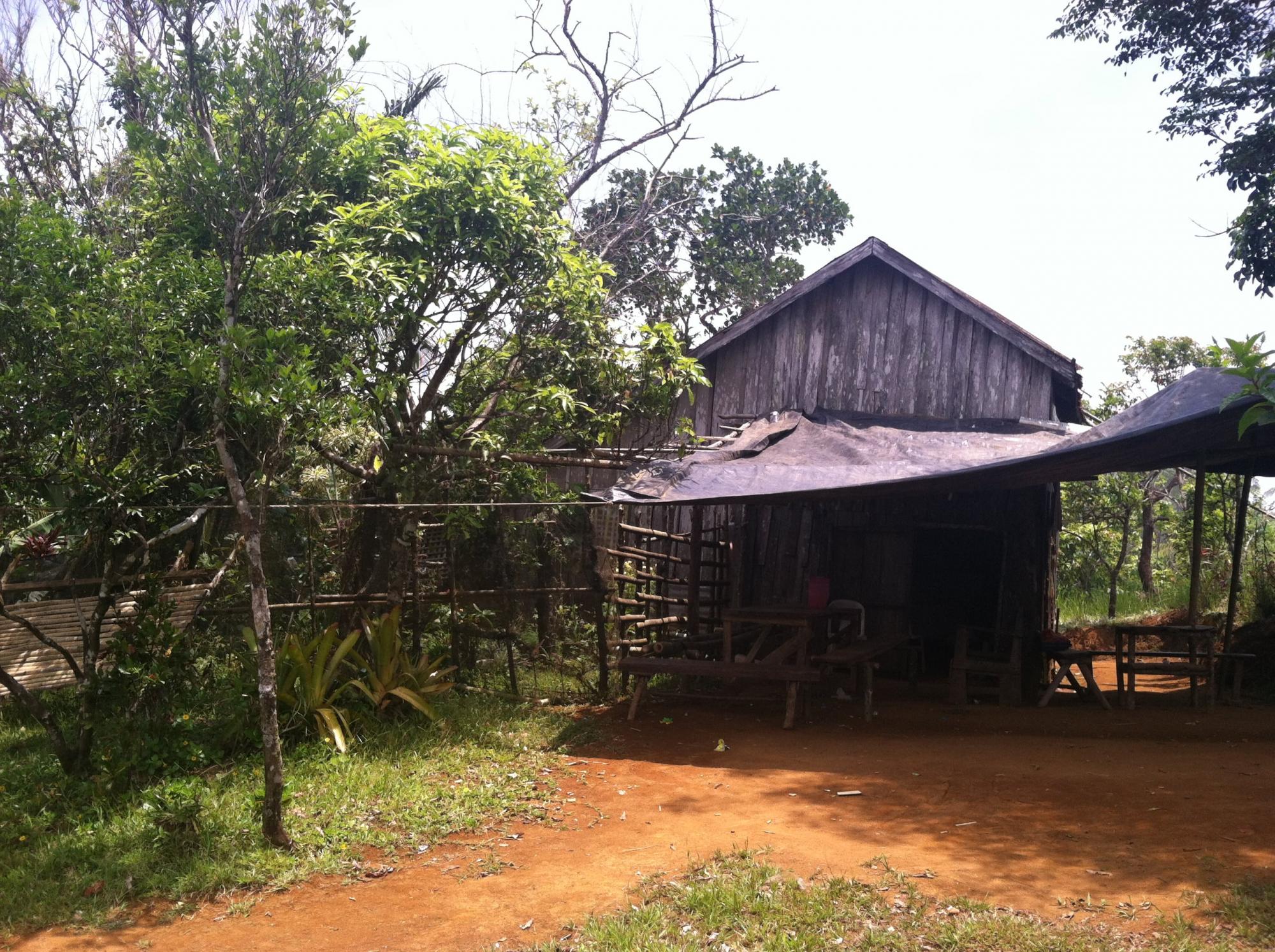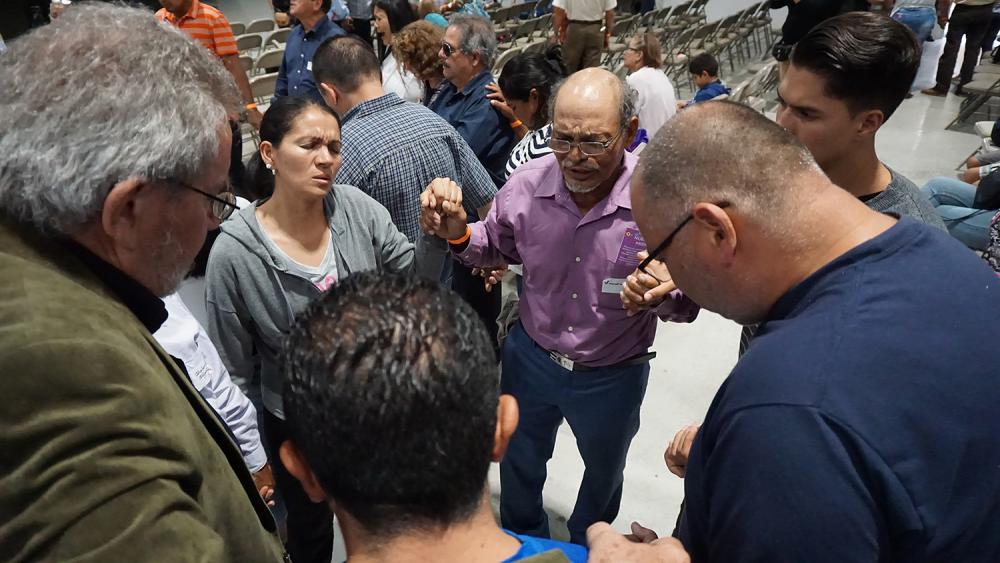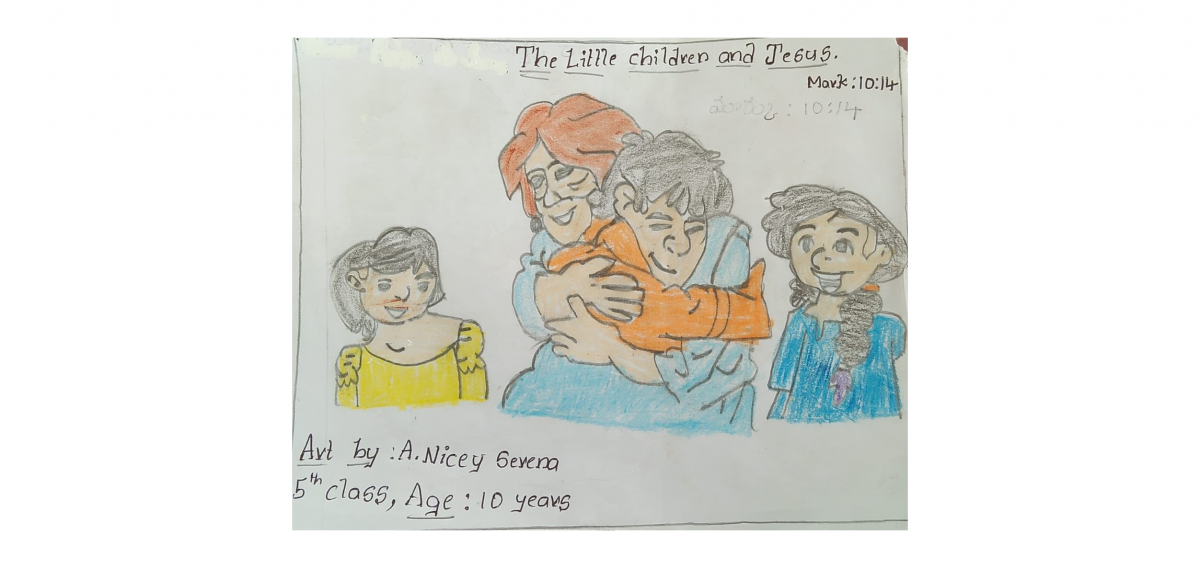-
“God greatly sustained me”
In the structure of the Brethren in Christ Church of Zimbabwe, most leadership positions are filled by men. However, there are many women who have great leadership skills and have been pastors and effective leaders in the church.
-
A Jerusalem church in Indonesia
Renewal 2027 testimony: historical profile Renewal 2027 is a 10-year series of events organized by Mennonite World Conference’s Faith and Life Commission to commemorate the 500th anniversary of the beginnings of the Anabaptist movement. This series highlights leaders in the movement from history to the present. Everyone in the Mennonite Christian group that started in…
-
Indigenizing the church in Lamper Mijen
Renewal 2027 testimony: Anabaptists today Renewal 2027 is a 10-year series of events organized by Mennonite World Conference’s Faith and Life Commission to commemorate the 500th anniversary of the beginnings of the Anabaptist movement. This series highlights leaders in the movement from history to the present. See also installment #1: A Jerusalem church in Indonesia.…
-
Prophetic voices at MWC Assemblies
“Never has the world needed our message more…. Now is the time to risk everything for our belief that Jesus is the way to peace;… now is the time to live what we have spoken.” Ron Sider’s words to the Mennonite World Conference Assembly 11 gathered in Strasbourg France in 1984 famously launched Christian Peacemaker…
-
Anabaptist peacebuilding depends on biblical foundations
Is Christian peacemaking different from other forms of reconciliation? Do Anabaptists work at peacebuilding in ways that set them apart? Several of 223 persons from 36 countries at the 2nd Global Mennonite Peacebuilding Conference in the Netherlands (27–29 June 2019) responded to those questions. “Many people around the world do reconciliation,” said Prakash Thankachan of…
-
MWC books: one church’s peace project
“Why would you help us? Who are you Mennonites?” A family from Colombia asked this of their friends at Grantham Mennonite Brethren (MB) Church in St. Catharines, Ont., Canada. With bureaucratic assistance from Mennonite Central Committee and linguistic support from neighbouring Scott Street MB Church, Grantham sponsored this family who fled their home in Colombia…
-
MWC books: a global conversation
“Although each congregation has its own history and social and cultural background, it is common to experience the same sorts of conflicts, troubles, and situations,” says Ellul Yongha Bae, a Mennonite church leader and publisher in South Korea. “MWC Communications is very helpful to show that as Mennonite churches, we have raised similar questions and…
-
Ministry partner update: ICOMB – July 2019
The International Community of Mennonite Brethren (ICOMB) is made up of 21 national churches in 19 countries with approximately 450,000 members. ICOMB exists to facilitate relationships and ministries to enhance the witness and discipleship of its member national churches – connecting, strengthening and expanding. Summit report Delegates reported on many positive things that are happening…
-
Work that is open to the world
Renewal 2027 testimony: Anabaptists today Renewal 2027 is a 10-year series of events organized by Mennonite World Conference’s Faith and Life Commission to commemorate the 500th anniversary of the beginnings of the Anabaptist movement. This series highlights leaders in the movement from history to the present. “Certainly, true peace comes from God Eternal. However, this…
-
A gentle peace witness: The Mennonite church in the Philippines
Since 2016, the Philippines has been led by a president who is controversial for his anti-drug campaign. There has been an increase in extra-judicial killings where policemen are said to execute drug pushers and anyone who fights back. There is a massive support for the charismatic president, yet there are also controversies around his character…
-
Each Step is a Prayer
Each step is a prayer. Each step is a supplication to the God who knows what it means to wander for months or years on end, searching for a land of promise. Each step is a sacred protest, calling out to God for mercy and justice. Thus millions of prayers were raised, as friends flew…
-
Discipling girls and boys
In this issue, we have examples of how members of the Anabaptist Mennonite family are making a place for children in their local churches around the world. We are Iglesia Cristiana Menonita el Perú (Mennonite church of Peru). We are a faith community located in Iquitos, a mid-sized city in the middle of the Peruvian…
